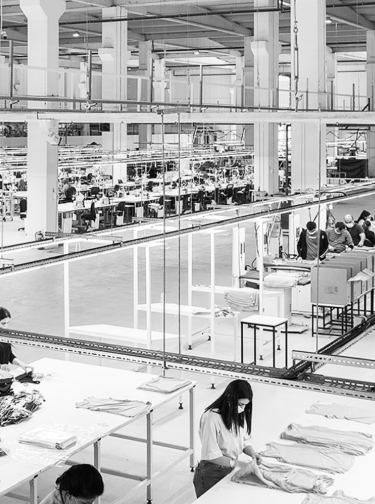News.com.au’s latest piece explores the new era of influencer marketing, one driven by micro influencers, who typically have 10,000-20,000 followers. This new subcategory of influencers offers an entry level means to expose your brand to a new audience, without the barrier of high cost that typically comes with larger influencers. In addition, their competitive edge lies within their active follower bases, which can carry up to three times as much engagement per post, relative to their account size.
Take a read and see what you think about the next era of influencer marketing.
Aussie fitness “influencers” are raking in up to $10,000 a month showing off their rippling biceps and toned cleavage on Instagram. But don’t be fooled into thinking that’s all it takes — there’s more to it than just “showing your booty”. As marketing director of home-grown activewear powerhouse Ryderwear, Marie Screnci oversees a small army of around 500 influencers, offering them coaching and advice, and closely monitoring the sales they generate for the brand.
“It’s not just about wearing the clothing and showing your booty, it’s about creating content your community connects with.”
Ms Screnci said. “It actually is quite a demanding job, because you’ve constantly got to create content.” Ryderwear was founded by bodybuilder David Lukic in 2009, born out of his frustration at being unable to find workout clothes that fit. He launched Ryderwear out of his grandmother’s garage and operated there for the first two years. Ten years on and the company has annual turnover in the tens of millions of dollars, all while eschewing traditional advertising like TV. Ryderwear credits much of its success to its influencer marketing program.
Aussie celebs like fitness models Kelsey Wells and Dasha Gaivoronski have been regular endorsers of Ryderwear’s clothing, but over the past year the company has changed its strategy, shifting from expensive “macro-influencers” to more cost-effective “micro-influencers”.
Why $10,000 per month for an influencer with one million followers when the same money could pay for 100 micro-influencers? “Kylie Jenner you would pay like $100,000 for a post, but you’d probably make the same back so you’re effectively paying for brand awareness,” Ms Screnci said. “What we’ve found is using more everyday people, 10,000, 20,000, 30,000 followers, getting them to wear the clothing and promote our brand, the return we get is far greater. We’re getting a return of eight times. As a result of the change, the company has turned over more than $10 million in the first six months of 2019. “It is a very profitable marketing expense” she said. The company also saw success with a recent campaign championing its “authenticity” not just in the influencers it uses to promote its products but also the models it displays on its website. The “Athlete vs Model” campaign by external agency Web Marketing ROI brought in more than $500,000 in additional annual revenue.
Ryderwear still has a small number of high-profile ambassadors it pays on a monthly basis — generally up to $8000 — including Aussie fitness model Lauren Simpson and American bodybuilder Kai Greene.
Then it has its micro-influencers, who start out being offered credit for free products. If they generate enough sales through their promo codes, they are promoted to a commission model of around 10-15 per cent. Some of Ryderwear’s top influencers generate up to $100,000 a month in sales, earning $10,000 in commissions. “We’ve got a few paid athletes earning commission (and) it is their full-time job,” Ms Screnci said. “It comes back to the coaching.”
Caitlin Pegoli, who runs the influencer program, said it wasn’t about turning “a random someone into an influencer”. “We find people we think already have potential — they have a small following but we can see they’ve got a really engaged audience — we try to build those people up,” she said.
Ryderwear provides its influencers with an online portal where they can track their sales, as well as sending them tips and tricks, blogs and other content ideas. “Trends on Instagram, YouTube, we just did a blog on TikTok giving them tips on how to get started,” Ms Pegoli said.
The area of branding, online advertising and marketing is one of a constantly shifting nature. Keeping on the cutting edge is no easy task. Here at Slyletica we use our expertise to make the potentially daunting task of developing a presence in the fields of activewear, athleisure and swimwear, an easier one. If you feel like you and your brand could benefit from our assistance, get in touch with us today.




